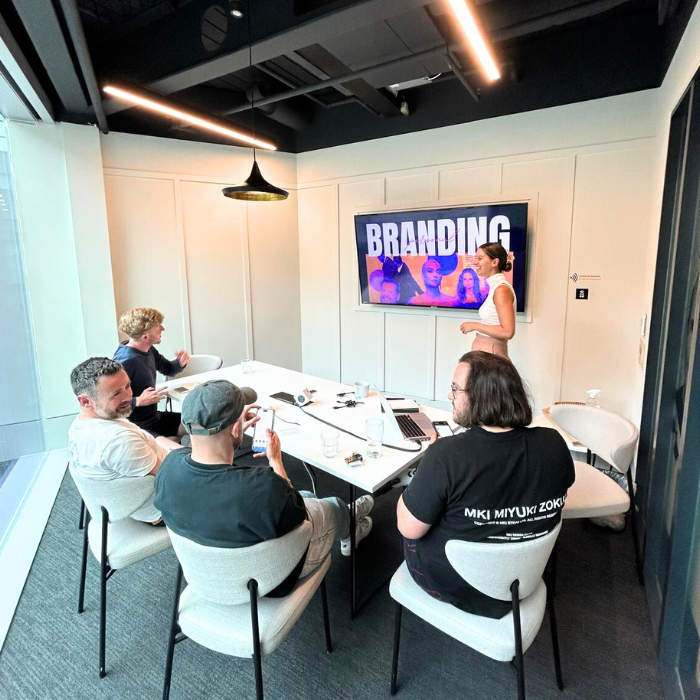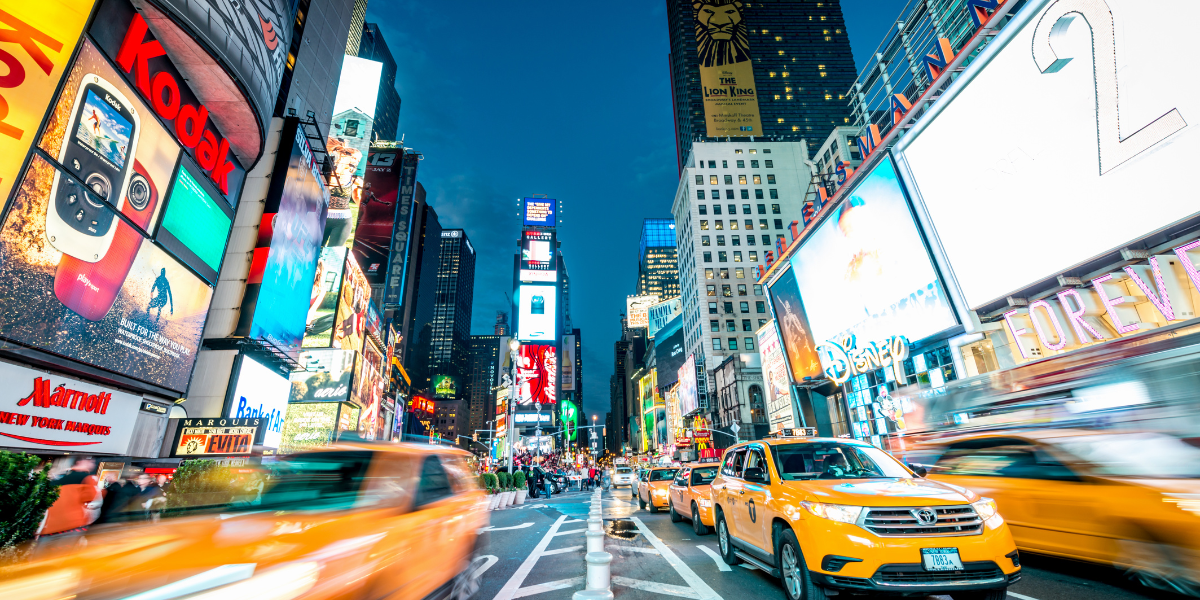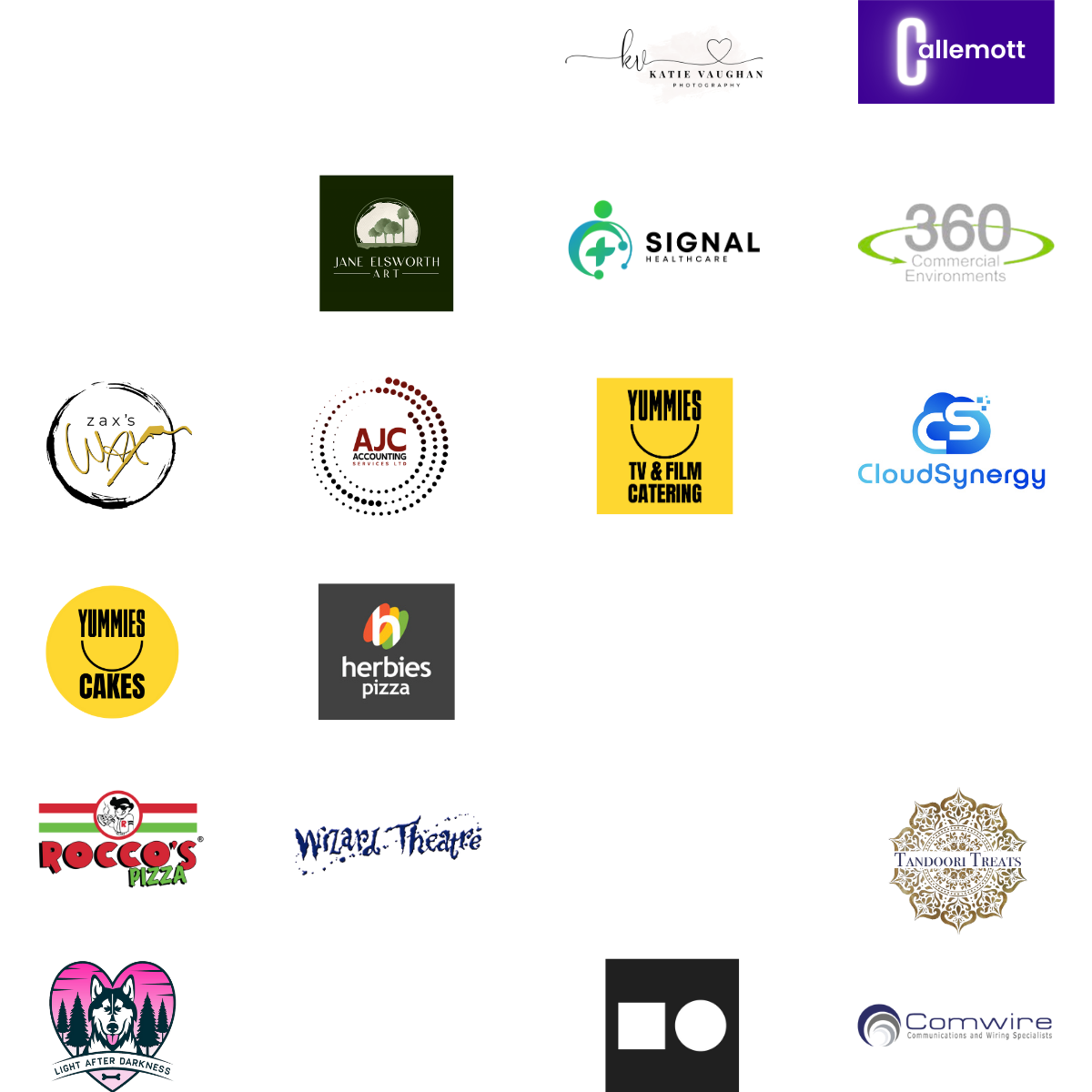What actually makes a brand? It's more than just a logo. There are many factors at play when it comes to building out your brand. We dive into what makes a good brand.
Marketing is a ubiquitous term, found on our lips and in our workplaces. You don’t have to go far to find terms like marketing meeting, marketing campaign, chief marketing officer or marketing festival, but what’s often overlooked, or perhaps undervalued, is the brand itself.
Over the last few years, people have joined a journey about what a brand actually is — possibly most accessible through personal branding. At Branded by Aquila, we operate on the principle that the brand is the foundation, with marketing serving as a key component underneath it. The brand should feed into everything marketing does. After all, our favourite statement is as follows: marketing is how you ask somebody on a date, but your brand is the reason they say yes.
But what actually makes a brand?
It’s Not Just a Logo.
Logos themselves are not brands. They’re merely the symbol you can identify a brand by. This itself can trigger feelings and associations linked to the brand, such as experience, culture and values. Take, for instance, the Nike tick. This makes you think sportswear, premium quality and a trusted brand.
For some people, a logo may even recall campaigns of the brand that evokes a memorable emotion, such as Nike’s Just Do It campaign, which encouraged diversity and equality within the industry. It was a rallying cry for anyone and everyone to just do it. The tick alone doesn’t do that; it’s simply the trigger to remind people of what makes up their brand.
When we talk about branding, we’re talking about the strategy and components behind your visual identity. This allows you to express and communicate who, why, what, and how.
So, what are these key components?
How Does It Make People Feel?
Not only do brands that connect with consumers on an emotional level have a better chance of being remembered, they also leave a lasting impression. Nostalgia, trust or even excitement stay with customers, so when they then see your logo, this can instil those same feelings.
Brands are meant to connect with people. It should tell your target audience a story about you that they can connect with.
Example: For most people, this can be from the John Lewis Christmas advert. Every year, they develop a heartwarming message that sometimes tells the story of their history and how they’ve always been there, or otherwise weaves a narrative over the joy of giving. Customers connect with this message and can share collective feelings triggered by the brand.
What Is the Experience People Have?
Every business wants their customers to have a good experience with them. With branding, it’s important to maintain consistent touchpoints with your customers, giving you an opportunity to establish connections with your audience and exceed their expectations.
The better you are at providing exceptional experiences to your customers, the more likely you will see them turn into brand ambassadors. These customers have stronger and more enduring relationships, which in turn can increase loyalty and endorsement.
Example: Walt Disney. Just by saying that name, you've already considered multiple ways in which you've encountered the brand, whether you're a customer or not. Spanning theme parks, toys, resorts, films, cruise ships, icons and so much more, they create memorable and immersive experiences that are recognised around the world.
What Is the Promise You've Pledged to Keep?
It doesn’t matter how big or small your pledges are, people value and reward companies that stay true to them, as long as they are evidenced by concrete and credible action. Our biggest piece of advice? Create promises that you’re invested in or passionate about because that’s what will drive your momentum towards meeting your promises.
The public is more discerning than ever about issues like virtue signalling and greenwashing. It’s not enough to simply say you care about the environment if you’re not doing anything to help it. Similarly, a business can’t distract from its impact on climate change by pushing a green agenda. Take HSBC, for example, who had adverts banned on the grounds of greenwashing, despite funding new oil and gas production, which was ruled to be key information omitted.
To improve its public image, a company might create false claims about the environmental impact of its products. It might even use buzzwords like biodegradable or carbon neutral without any evidence or statistics, or give the impression of eco-friendly products by using environmental imagery or green colours. Without certification or verification, this can land a business in trouble.
Example: Tony's Chocolonely not only makes great chocolate, but they’re on the route to end exploitation in the cocoa industry. Their promise is to create awareness, lead by example and be inspired to act.
What Is the Story You’re Telling?
The brand story is the who, what, when, why and how your brand came to be. This is your chance to really connect with your audience and go beyond the functional aspects of your product or service. The story should appeal to the essence of a company and help convey your mission and why it exists in the first place.
Stories usually include how it was founded, what the core values and USPs are, and the impact the business aims to make at a global level. It shouldn’t be highlights over the years, as people don’t connect with these. Instead, you should tell a story that your customers can engage with and feel a part of.
Example: Rolex is synonymous with luxury, high net worth, excellence and pioneering. By owning one, you become a part of a community connected to each of these principles. Over the years, Rolex has crafted their story to include sustainability and the environment, aligning its commitment to products that are made to last with the preservation of the planet in mind.
How Have You Differentiated Yourself in Market?
Whether you’re in a saturated market or not, differentiating yourself can give you a competitive advantage. What’s important is not to be different for the sake of it, but being different from others in a way that matters to your audience. Conveying your point of differentiation correctly is key here.
This is also useful for staff. A clear and compelling brand identity can attract top talent, as people will want to work and be associated with companies that practice what they preach. Whether you have premium messaging or a superior product, this could be your competitive advantage.
Example: Tesla positions itself as a leader in cutting-edge technology in the EV market. Its vehicles have been more expensive than the competition, but it defines its identity based on quality, unique designs and a hassle-free experience. This resonates with its customer base, as the brand has set the pace for EV development and focused on premium vehicles.
What Is Your Culture Like?
Your culture should be what you stand for as a business. Your employees should see themselves as part of this brand promise. Branding a culture therefore creates consistency and authenticity, ensuring the longevity of your brand. If employees, customers, partners and shareholders are all on the same page about what the brand embodies, it’s infinitely powerful.
The reverse can also be true if you have a bad culture, like how BrewDog irreversibly destroyed its reputation for some of its customers. Similar to how your brand should keep to its promises and pledges, maintaining a healthy culture that everyone can get behind vastly outweighs the impact of a negative reputation.
Example: At Starbucks, employees are called partners. In all internal and external communication, the term partner is used to create a sense of family, importance and accountability.
So That’s What Makes a Brand.
Branding is so much more than creating a story and having a nice logo; it’s about making sure all the elements come together to project a positive attitude that customers and employees can connect with. If everything is aligned properly, then your marketing efforts will only flourish.
If you’re in need of a helping hand, we have services from corporate branding, personal branding and market strategy solutions to help you connect with your target audience.
For further insights and tips, make sure you’re following our socials.



